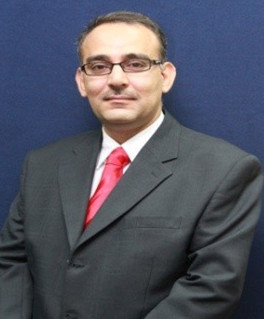Abstract—Microbial lipids are known as the third generation of biodiesel feedstock. Compared to microbial lipids production, little work has been performed for mixed culture of the oleaginous microalgae and yeasts. In this study, mixed culture of microalgae Chlorella sp. KKU-S2 and yeast Toluraspora maleeae Y30 using fermented rice noodle wastewater hydrolysate (FRNWH) as carbon substrate were investigated under mixotrophic growth for 6 days. Comparison of growth on FRNWH using yeast extract as nitrogen source, 2.71g/L biomass with lipid yield of 117.3mg/L, 2.32g/L biomass with lipid yield of 72mg/L, 2.02g/L biomass with lipid yield of 150.4mg/L were obtained from monoculture of T. maleeae Y30, Chlorella sp. KKU-S2 and mixed culture of both strains, respectively. Effect of nitrogen source on growth and lipid yield of mixed culture was investigated. Meat extract supported the maximum biomass of 5.32g/L with biomass productivity of 0.89g/L/d and specific growth rate of 0.28 (1/d), while urea supported the maximum lipid yield of 199.0 mg/L with lipid productivity of 33.17mg/L/d. To our knowledge this is the unique report about the microbial lipid production from mixed culture of isolated microalgae and yeast using fermented rice noodle wastewater as carbon substrate under mixotrophic growth.
Index Terms—Biodiesel feedstock, microbial lipid, mixed culture, mixotrophic growth.
Mutiyaporn Paungbut and Thidarat Papone are with the Graduate School of Khon Kaen University, Khon Kaen, Thailand (e-mail: mutiyapornp@kkumail.com).
Suthasinee Rattanachan was with the Department of Microbiology, Faculty of Science, Khon Kaen University, Khon Kaen, Thailand (e-mail: sthsn.origins@hotmail.com).
Ratanaporn Leesing is with the Department of Microbiology, Faculty of Science, Alternative Energy Research and Development (AERD) and Fermentation Research Center for Value Added Agricultural Products (FerVAAP), Khon Kaen University, Khon Kaen 40002, Thailand (e-mail: ratlee@kku.ac.th).
[PDF]
Cite:Mutiyaporn Puangbut, Suthasinee Rattanachan, Thidarat Papone, and Ratanaporn Leesing, "Conversion of Fermented Rice Noodle Wastewater to Microbial Lipid by Mixed Culture of Microalgae and Yeast," Journal of Clean Energy Technologies vol. 4, no. 4, pp. 257-261, 2016.


